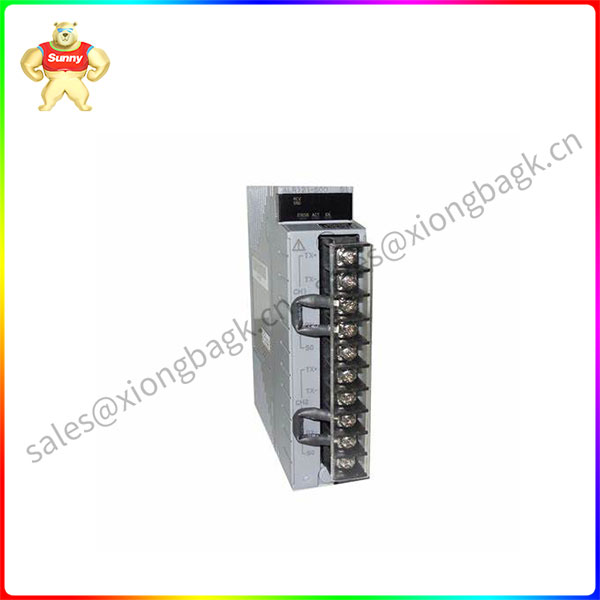In recent years, with the evolution of new generation information technologies such as big data, cloud computing, artificial intelligence, and high-performance computers, digital twin technology has achieved rapid development in both theory and application level. Smart manufacturing, smart city, smart medical and other industries are vigorously developing digital twin technology, digital twin technology is deeply integrated with the industry. As an effective means to realize the integration of digital space and the physical world, more and more manufacturers have begun to explore a new model of intelligent production with the help of digital twin technology, opening up new application scenarios such as virtual workshops, digital factories, product design, equipment management, and vehicle networking. Digital twin technology continues to enable the manufacturing industry to achieve digital transformation, helping manufacturers to achieve steady competitiveness in the era of rapid development.
Simulation technology, the foundation of digital twins
The fundamental reason why digital twins can efficiently enable intelligent manufacturing lies in simulation technology. A digital twin can be built on the basis of simulation, with the addition of other factors such as IT systems, financial procedures, physical variables or humans.
The design and production of simulation software has long had a lasting and profound impact on industrial applications, leading the development of digital twins in the intelligent manufacturing industry. Over the past decade, the technology and industry sectors have witnessed dramatic improvements in the capabilities of simulation software, driven by improvements in computing power, data fidelity, and the expansion of data sources. Today, most simulation software goes beyond that by combining artificial intelligence (AI) modules with machine learning (ML) capabilities. The ability of simulation software to connect to a variety of data sources has also been improved, and can now connect to systems, databases, the cloud, and anything digitized on the shop floor. At the same time, drag-and-drop operations replaced writing programs for each step, and the user interface and experience were significantly improved. In recent years, the support of remote connectivity and networking technologies has expanded the application scenarios in which simulation can be used, saving time, money and effort for personnel turnover and actual updating strategies. These powerful combination tools enable technical teams to show customers models of production lines directly rather than actual production lines, and to visualize the impact of factor changes on output.

ALR121-S00S1
Flextronics, the pioneer and leader of simulation technology
As a pioneer and leader in the field of simulation technology and intelligent manufacturing, Flextronics has, in the past few years, used the products developed by the team to cooperate with some of the most famous organizations in the world to complete more than 1,000 simulation technology projects, creating a variety of products that can create value and improve people’s lives. From vacuum cleaners, coffee makers, and self-driving car modules to diabetes devices, industrial machinery, and cloud data center equipment. With the support of high-performance computers, cloud computing, high-fidelity models and massive data sources, Vtronics has redefined the meaning of simulation processes and operations, significantly improved data availability and data processing technology, and demonstrated strong capabilities.
Technological advances in simulation software have led to innovative and efficient application projects. According to Zohair Mehkri, director of Flextronics’ digital twin division, in one collaboration with a medical device manufacturer, Flextronics’ simulation technology team repeated a product model hundreds of times in a few hours, running “what if” scenarios to test dozens of variables, and compressed what would have taken three months into three weeks. In addition to this, the team was able to meet higher than expected demand by optimizing scheduling. For example, one project was initially expected to produce about 5.5 million units per quarter, less than the 8 million the customer requested. The Flextronics team used simulation technology to optimize the production schedule by testing various conditions, and finally reached 8.1 million units per quarter.
In addition to the production process, simulation technology can also bring other benefits, such as increasing workstation output by more than 70%, optimizing material truck availability by more than 20%, and other necessary business, operational and cost savings. Flextronics’ simulation technology team is gradually developing from a focus on simulation technology to a digital twin technology team. In the future, we will be able to provide more integrated, full-process simulation and digital twin technical support services.
The future of simulation technology and digital twins
At present, IT will be several years before engineers and IT professionals are no longer needed to install and operate simulation software, and until then, close collaboration between IT and engineering can bridge many gaps. Flextronics’ IT teams work closely together to create, maintain, develop, protect and store organization-specific applications and related data, helping manufacturers and engineers map the digital space to increase productivity, save time and increase output.
In the future, the changes in the specific use of technology, the breakthrough of computing power and scale limitations, and the opening of the meta-space and data space will affect the application of simulation and digital twin technology in manufacturing operations. Flextronics is committed to the simulation and digital twin technology through the computer, mobile phone, tablet and other multiple terminals, and will be flexibly integrated with augmented reality and virtual reality. It will also be possible to connect more systems, data sources, and applications.
These capabilities are still too early for manufacturers to use in practical applications, but by looking at the potential capabilities of simulation and digital technology, we can see that the integration and practice of this technology in the future industry has unlimited possibilities, and will create greater value. Promote the surging digital momentum to industrial manufacturing, transportation logistics, education and medical and other vertical industries, to help manufacturers achieve digital transformation.
 中文版
中文版




